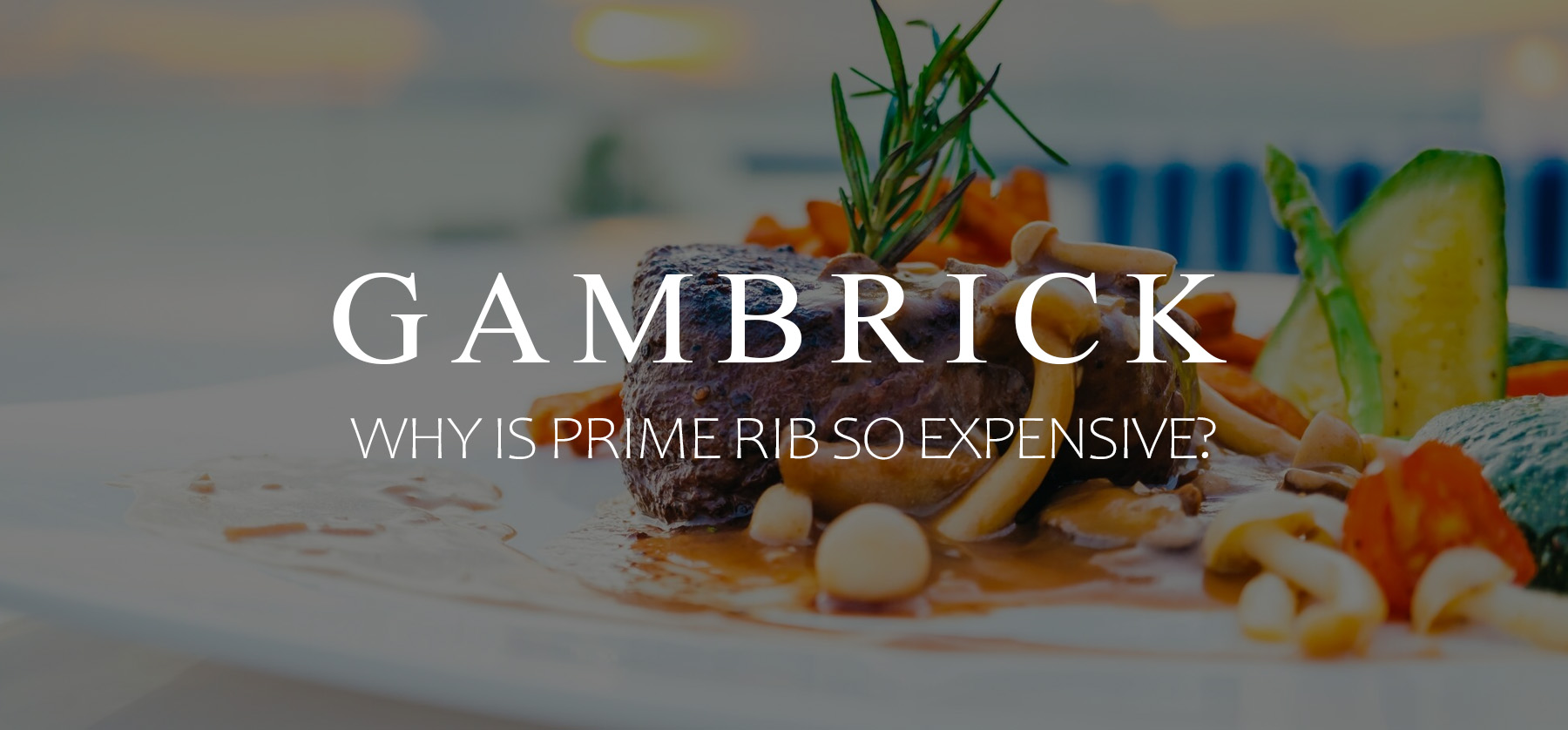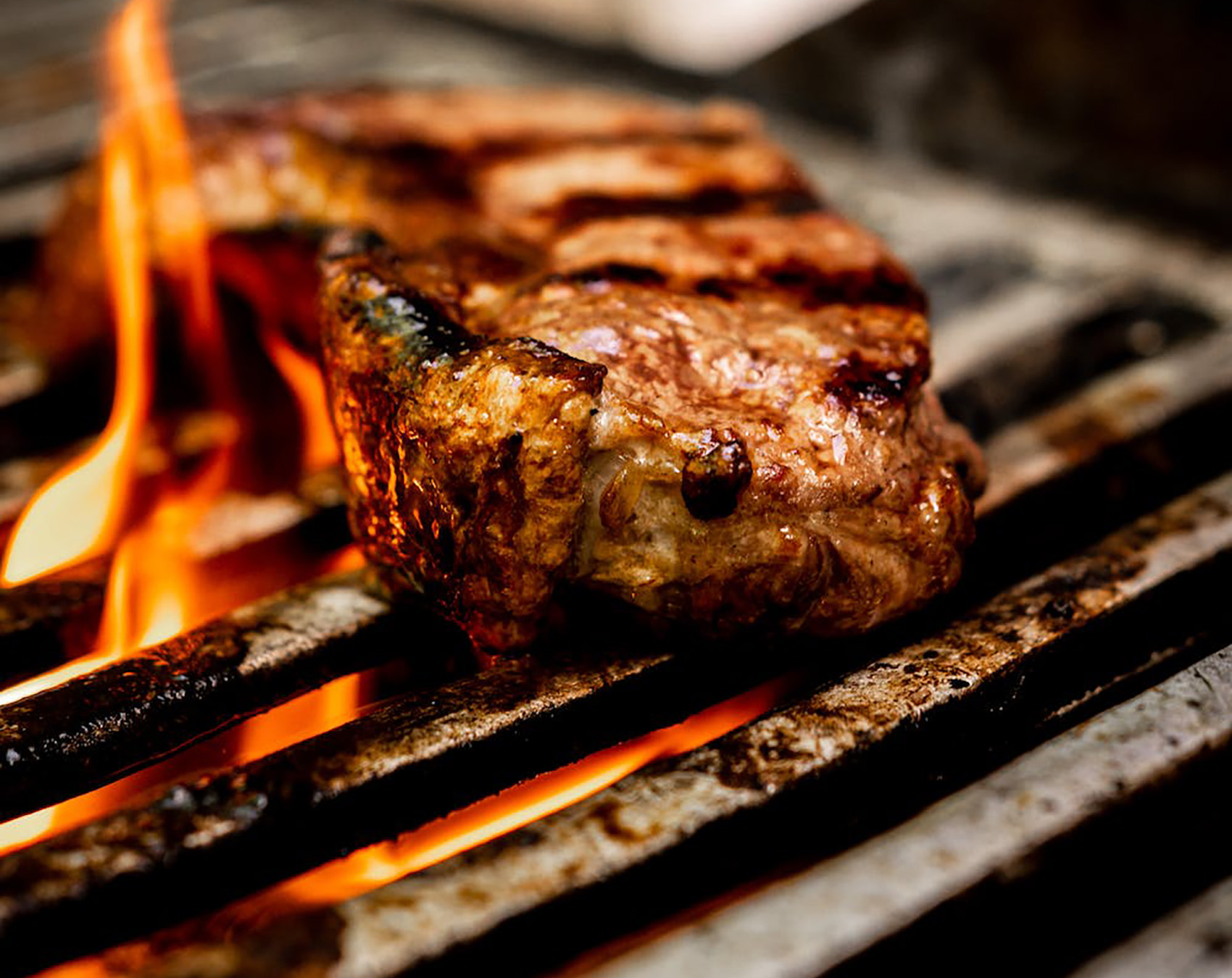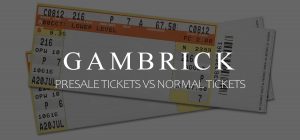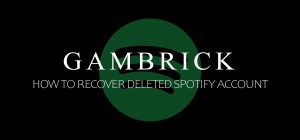Why Is Prime Rib So Expensive?
Prime rib costs more than many other cuts of beef because it’s extremely high quality meat. It has a fantastic beef flavor, great texture, marbling a rib bone and very tender meat. A cow has 13 ribs per side. Butchers name the ribs in ascending order from the front of the animal to the back. The first five ribs are the chuck section, the next seven are from the rib section, and the 13th is part of the loin. Ribs 6 through 12 are sold as prime rib. That means at most, there are only 7 prime rib steaks per cow. Every Prime rib steak has a large eye of meat in the center, which is juicy, tender, flavorful and marbled with fat. Scarcity and quality are why prime rib steaks are so expensive.
Prime rib refers to a cut of beef taken from the rib section of the cow. It has a rich beef flavor with meat that’s juicy, tender and fairly lean with good marbling. The meat is such high quality that it’s become a popular choice for special occasions and fine dining experiences.
Prime rib is a very popular steak with a reputation for quality and a high price. It’s a standard option at most high-end restaurants and steak-houses where a prime rib dinner can easily cost upwards of $100 or more.
At the time this article was written, the average cost of a bone-in 10 lb prime rib roast was around $200. That’s an average cost of $20 per pound which includes one rib bone per steak. That’s around the same price per pound of meat as Filet Mignon when you account for the weight of the bone. And you can expect to pay even more if the meat is Wagyu, Kobe or grass fed organic.
Prime Rib’s High Demand Increases The Price
Prime rib steak is higher in price because it’s considered one of the best cuts of beef you can eat. Each steak has an eye of meat in the middle with some marbling and a rib bone. The meat is very tender, juicy and flavorful. Because of the bone, prime rib is fantastic when cooked either on the grill or in a pan. Sear the steak quickly and slow cook the inside like a traditional steak. Or slow braised it in an oven and let the bone release tons of deep beef flavor from the marrow.
Prime rib is among the best cuts of beef like Filet Mignon, Porterhouse, Top Sirloin and Ribeye. Because the meat is very desirable and there’s not a lot of it, the price is higher. On average, there are only 5 to 7 prime rib steaks per cow and people are willing to pay more for better cuts of beef. This drives the price higher which is why prime rib costs so much when compared to most other cuts.
Prime rib is a versatile steak that can be prepared in a number of different ways. This is mainly due to the taste of the meat, how tender and juicy it is, and the bone. Because of the bone you can cook prime rib on a grill, in a pan or the oven.
Because prime rib can be cooked so many ways, demand goes up even more. It’s gained a tradition over the years as a meal for special occasions. This can increase the cost even more than usual around the holidays when everyone is trying to buy it.
Prime Rib Is High Quality Of Meat
Prime grade meat is the highest quality classification assigned by the USDA to beef. This classification is based on the amount of marbling (the flecks of fat within the meat), tenderness, juiciness and flavor. To be considered prime grade, the beef must have a specific level of marbling, as well as meet other criteria such as age, tenderness, and color. This can be confusing because prime rib doesn’t always receive a “Prime” beef rating. Lower quality prime ribs may only receive a “Choice” or “Select” grade. However, the majority of prime rib steaks are very high quality and receive a “Prime” rating.
To achieve the prime grade classification, prime rib must pass a rigorous selection process. This process involves careful inspection by USDA graders, who evaluate the meat based on its marbling, color, juiciness, and texture. Overall, only a small percentage of beef produced in the United States meets the criteria to be classified as prime grade. This makes it rare and more expensive.
Premium cuts of beef like Prime Rib, Filet Mignon and Ribeye are more likely to receive a “Prime” beef rating than lower quality cuts like flank, chuck or strip steak.
The primary characteristic of a “Prime” grade Prime Rib is its high level of marbling and tenderness. Its what gives the meat its distinctive rich flavor and tender texture.
Due to its scarcity and high demand, “Prime” grade meat commands a higher price than other grades of beef. This is basic supply and demand. Only a small percentage of the beef produced is considered “Prime” so its more expensive.
Raising And Feeding The Cattle Increase The Cost Of Beef
Cattle ranching is the process of raising cattle for meat production. This involves proper care, feeding, and housing to ensure the cows grow to meet the criteria for prime grade beef. Cattle ranching is a complex and time-consuming process that involves lots of land. The quality of the meat is heavily influenced by the care, food and attention the cattle receives. This is why beef like Wagyu, Kobe, Grass-Fed and Organic are so expensive vs grain fed beef.
The quality of a Prime Rib steak is influenced by many factors:
- The type of feed the cows receive
- The amount of exercise they get
- Living conditions
- Stress
Cattle raised on a grass diet that don’t get much exercise produce meat that’s more tender and flavorful vs cattle that’s grain fed.
Factors like stress and disease can also impact the quality of the meat. It’s important for cattle to be raised in a healthy and stress-free environment.
Feeding and care are critical components of cattle ranching. Providing the cattle with a diet that’s well balanced and nutritious, and ensuring that they receive proper care and attention, helps to produce meat that’s of the highest quality. A high level of care is more expensive so it raises the price of the meat.
The cost of raising and feeding cattle is a significant factor that contributes to the price of Prime Rib. Providing the cows with a high-quality diet and proper care is an expensive process that’s reflected in the price of the meat.
Additionally, the time and effort spent raising the cattle to meet the criteria for “Prime” grade beef can increase the price of Prime Rib even more.
Processing & Aging Prime Rib
Beef must be processed before it’s sold at the butcher or your local grocery store. This includes cutting the meat into steaks, packaging and aging. Proper processing is critical to the quality of the meat. It affects the texture, flavor, and tenderness of every steak you buy.
Aging is an important step in meat processing. It allows the meat to develop a rich and complex flavor. When beef is allowed to rest and mature, enzymes within the meat break down its connective tissues which tenderizes the meat. There are two types of aging: wet aging and dry aging.
- Wet aging involves vacuum-sealing the beef and allowing it to age in its own juices.
- Dry aging involves exposing the beef to the air for an extended period of time.
Aging is typically done with high end cuts of beef like Prime Rib, Ribeye or T-Bone and it considerably increases the cost of the meat. When done correctly, aging can bring out the rich and complex flavors of the beef.
The cost of processing and aging steak is another factor that contributes to the high price of Prime Rib. The time and effort required to age beef, combined with the cost of the equipment and labor, results in a higher price for Aged Prime Rib.
Transportation & Limited Supply Of Prime Rib
Transportation is another factor that affects the price of prime rib. Meat must be shipped from the rancher to the butcher or processing plant and then to stores. When the cost of fuel goes up, so does transportation costs. And right now diesel fuel is very expensive. That cost is then passed onto the consumer by the grocery store. Shipping beef requires special refrigerated trucks which ensure the meat remains fresh and of high quality. Each of these factors contributes to why Prime Rib, and beef in general, is so expensive.
Prime rib is a premium cut of beef that’s not as readily available as other cuts. This is due to a variety of factors:
- The cost of raising and processing high grade beef
- The limited supply of cattle which meet the criteria for prime grade beef
- At most, there are only 5 to 7 Prime Rib steaks per cow
The limited availability of Prime Rib steaks per cow coupled with the high cost to transport and raise “Prime” grade beef, contributes to the high price of Prime Rib. There is a demand for the meat that outpaces the supply which increases the cost.
Prime Rib Is More Desirable Than Other Cuts Of Beef
Prime rib is considered a desirable cut of beef due to its rich, bold flavor and tender, juicy texture. It comes from the rib section of the cattle, which is known for its high-quality meat. This section of the cow produces meat that’s well-marbled, with just the right amount of fat to provide a rich, juicy flavor. It’s juicy, flavorful and tender meat with a rib bone that adds even more to the flavor. And it’s scarce beef. A single cow only produces 5 to 7 Prime Rib steaks per cow. Scarcity coupled with high quality and demand is why Prime Rib is so expensive.
- Aging: When prime rib is aged it allows the meat to develop a more complex and rich flavor. The enzymes within the meat break down connective tissues, making the meat tender and juicy. The aging process adds quite a bit to the cost per steak.
- Preparation: Because of the bone, Prime Rib is often prepared using special techniques like slow-roasting. This type of preparation isn’t used for most other cuts of beef which makes prime rib a unique and desirable choice for steak lovers.
- Seasonal: Prime rib is often considered a special occasion food. It’s commonly served during holidays or other special events. This makes it a desirable choice for those looking to celebrate or treat themselves to something special.
- Grading: The “prime” designation given by the USDA, represents the highest quality beef on the market.
Prime rib is considered a desirable cut of beef due mainly to its high-quality meat, rich, bold flavor and tender, juicy texture. Because of the bone it’s fantastic when cooked on a grill, in a pan or slow braised in the oven. The “prime” USDA designation further elevates its status as a premium product with a high price tag.
Prime Rib Is Rare Per Cow
The amount of prime rib available per cow is just 5 to 7 steaks on average, each weighing around 15 oz. A cow has 13 ribs per side. Butchers name the ribs in ascending order from the front of the animal to the back. The first five ribs are the chuck section, the next seven are from the rib section, and the 13th is part of the loin. Ribs 6 through 12 are sold as Prime Rib. That means at most, there are only 7 prime rib steaks per cow.
Of those 5 to 7 Prime Rib steaks per cow, not all will receive a “prime” beef grade by the USDA. The word “Prime” in “Prime Rib”, refers to the cut of beef, not the grade. So a “Prime” grade Prime Rib will be more expensive than a “Select” grade Prime Rib.
Because not all Prime Rib steaks receive a top grade from the USDA, the steaks that do are even more expensive.
To be considered “Prime”, the meat must be tender, juicy, young and well marbled. This means that not all cattle will yield “Prime” grade Prime Rib.
All Prime Rib steak is expensive because it’s extremely high quality meat that’s rare per cow. But Prime Rib with a high “Prime” USDA grade is even more expensive. These steaks are considered the best of the best and the price reflects the quality.
Why Is Prime Rib So Tender?
One of the reasons why Prime Rib prices are so high is the quality of the meat. It’s tender, juicy and well marbled with a rib bone and deep beef flavor. Prime Rib comes from the rib section of the cow, which is known for its high-quality meat. There are only 5 to 7 Prime Rib steaks per cow on average, each weighing around 15 oz. A cow has 13 ribs per side. Butchers name the ribs in ascending order from the front of the animal to the back. The first five ribs are the chuck section, the next seven are from the rib section, and the 13th is part of the loin. Ribs 6 through 12 are sold as Prime Rib. That means at most, there are only 7 prime rib steaks per cow.
The rib section of the cow doesn’t get much exercise during its life. This makes the meat softer and with more fat marbling. When Prime Rib is cooked, much of its marbled fat melts out, making the meat even more tender and flavorful.
Marbled beef with a bone is best cooked slowly in a pan or the oven rather than on a grill. This gives the fat time to melt and lets marrow add flavor to the meat.The result is a more flavorful and tender cut of beef.
Is Prime Rib Worth It?
Whether or not Prime Rib is worth it depends on several factors like your personal taste, budget, and the occasion. For those who value high-quality meat with rich, bold flavor and a tender, juicy texture, Prime Rib may be worth it. It’s considered a premium cut of beef due to how tender, juicy and flavorful the meat is. If you plan on slow braising the meat or cooking it in a skillet, Prime Rib is a fantastic meal. This is why so many people serve Prime Rib Roast on special occasions
However, prime rib is more expensive than most other cuts of beef, so it may not be a practical choice for those on a tight budget. Additionally, some people may not appreciate the strong beef flavor or the amount of fat in prime rib. This makes it a less appealing choice. If you want a traditional steak dinner, you’d probably like a T-Bone, Filet or NY Strip better than a Prime Rib.
Ultimately, the decision of whether or not prime rib is worth it comes down to individual preferences and priorities. For those looking to treat themselves to a special meal, or who have a love for high-quality meat, Prime Rib may be worth it. But for those who prefer a more budget-friendly option, a milder flavor, or a leaner steak, there are better cuts available.
Summary: Why Is Prime Rib So Expensive?
Prime rib costs more than many other cuts of beef because it’s extremely high quality meat. It has a fantastic beef flavor, great texture, marbling a rib bone and very tender meat. A cow has 13 ribs per side. Butchers name the ribs in ascending order from the front of the animal to the back. The first five ribs are the chuck section, the next seven are from the rib section, and the 13th is part of the loin. Ribs 6 through 12 are sold as prime rib. That means at most, there are only 7 prime rib steaks per cow. Every Prime rib steak has a large eye of meat in the center, which is juicy, tender, flavorful and marbled with fat. Scarcity and quality are why prime rib steaks are so expensive.
Prime rib refers to a cut of beef taken from the rib section of the cow. It has a rich beef flavor with meat that’s juicy, tender and fairly lean with good marbling. The meat is such high quality that it’s become a popular choice for special occasions and fine dining experiences.
Prime rib is a very popular steak with a reputation for quality and a high price. It’s a standard option at most high-end restaurants and steak-houses where a prime rib dinner can easily cost upwards of $100 or more.
At the time this article was written, the average cost of a bone-in 10 lb prime rib roast was around $200. That’s an average cost of $20 per pound which includes one rib bone per steak. And you can expect to pay even more if the meat is Wagyu, Kobe or grass fed organic.
If you have any questions or comments about why Prime Rib is so expensive, email any time.























